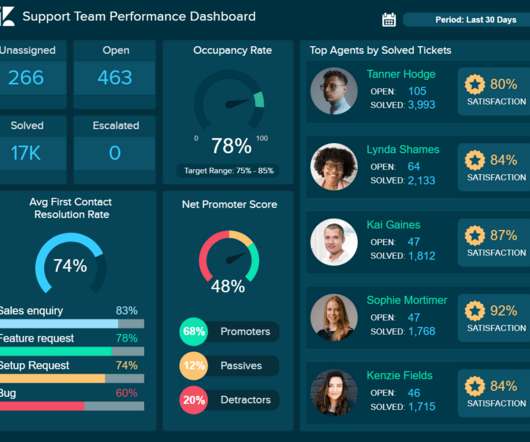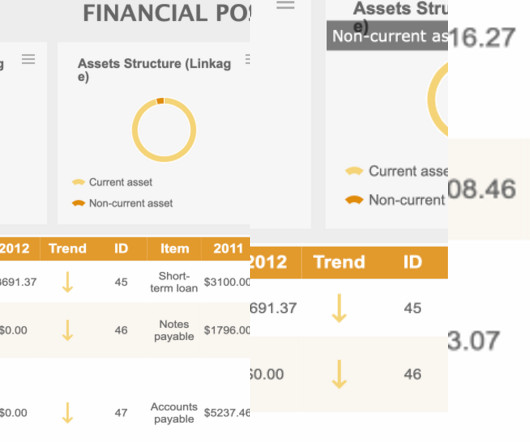Transforming IT for digital success
CIO Business Intelligence
OCTOBER 23, 2023
CIOs and their IT teams have enjoyed a bump in power and prestige in recent years, as the C-suite has embraced continuous transformation, digital everything, and a host of emerging technologies — all enabled by IT. This reinvention goes beyond the adoption of cloud, agile development principles, and cutting-edge technologies.















Let's personalize your content